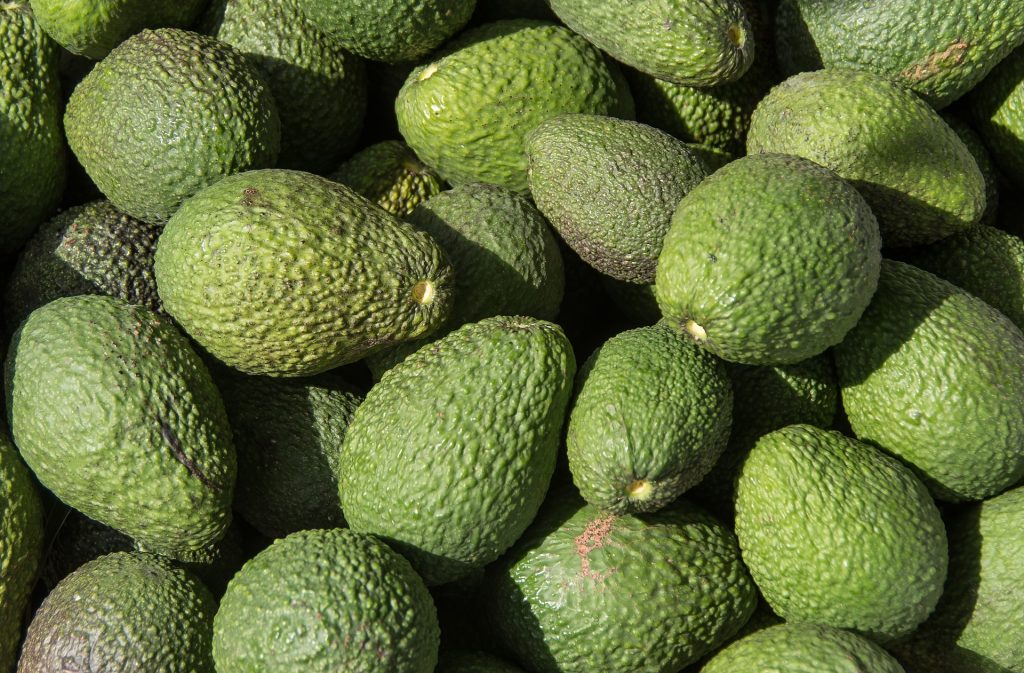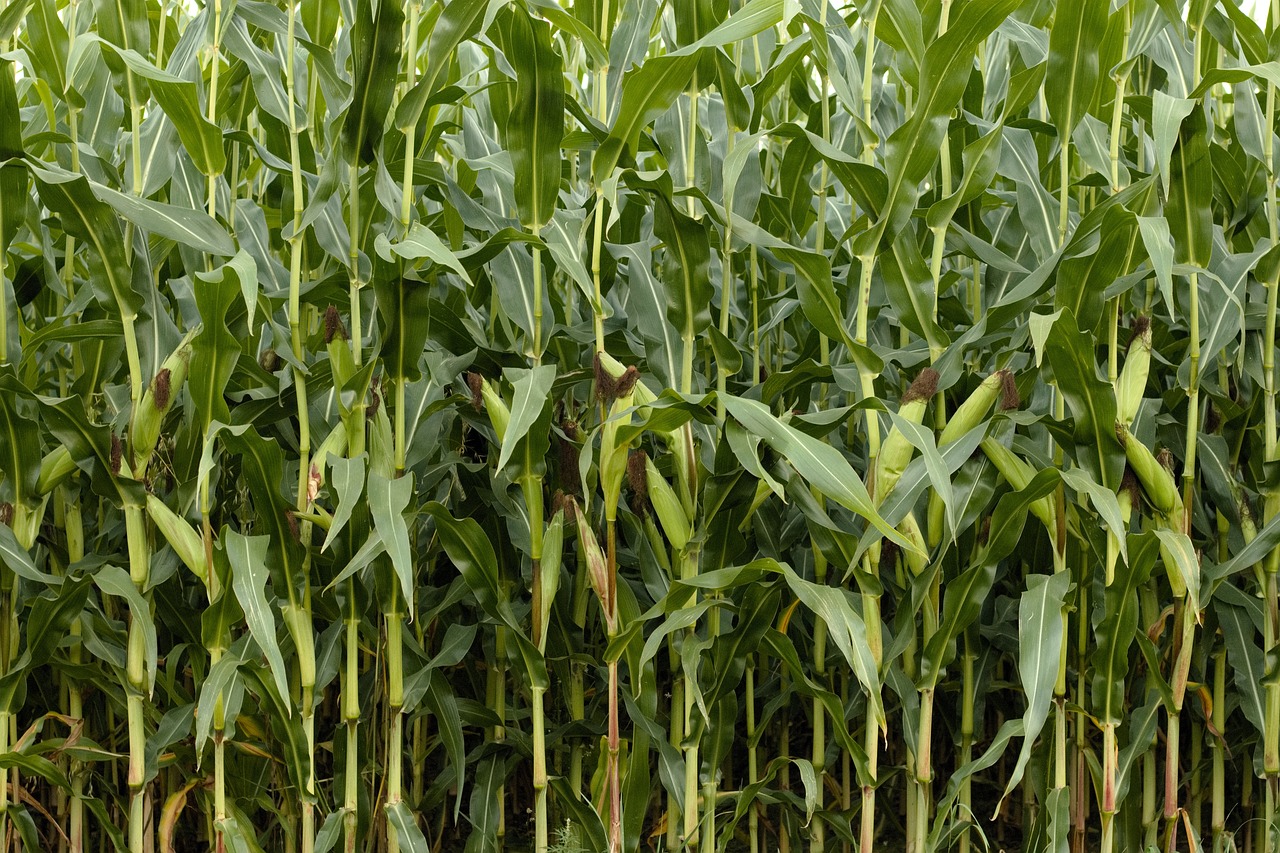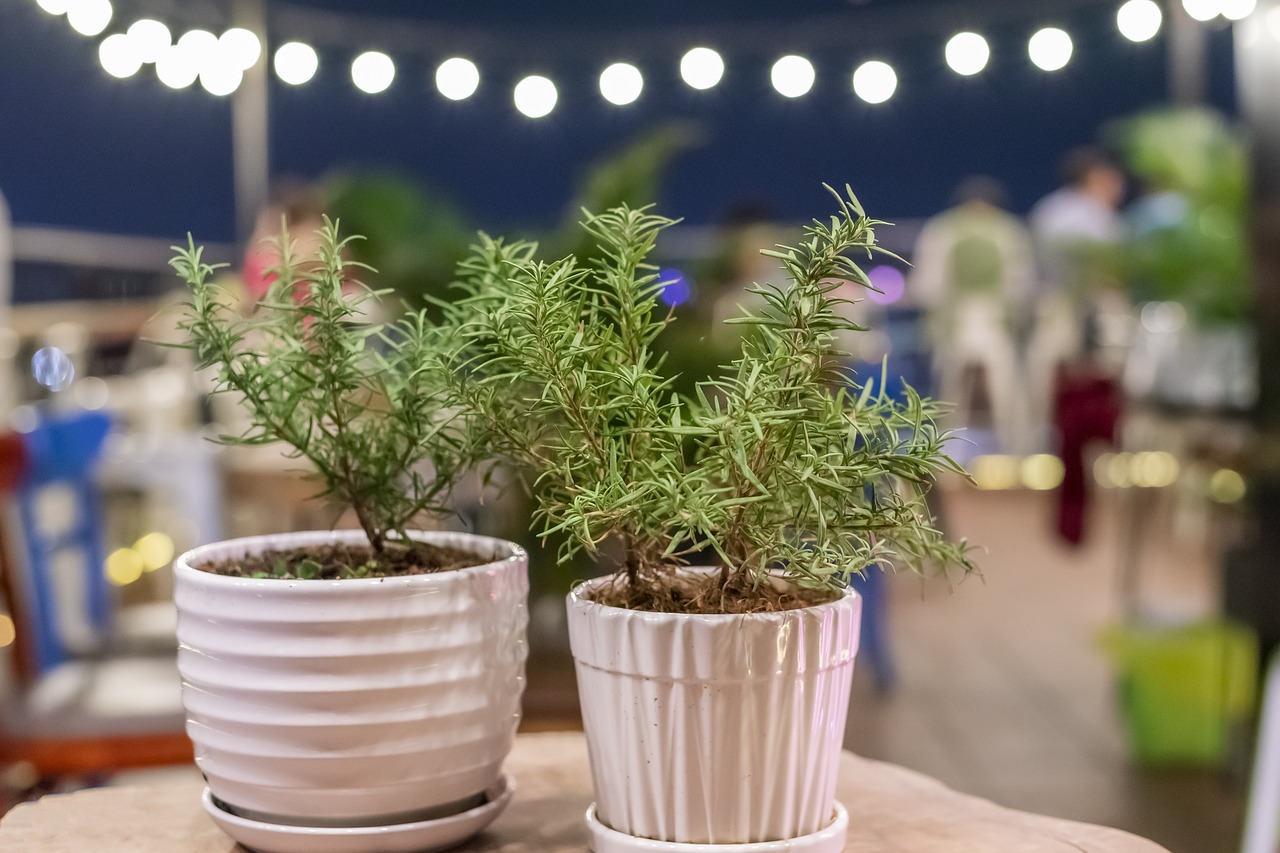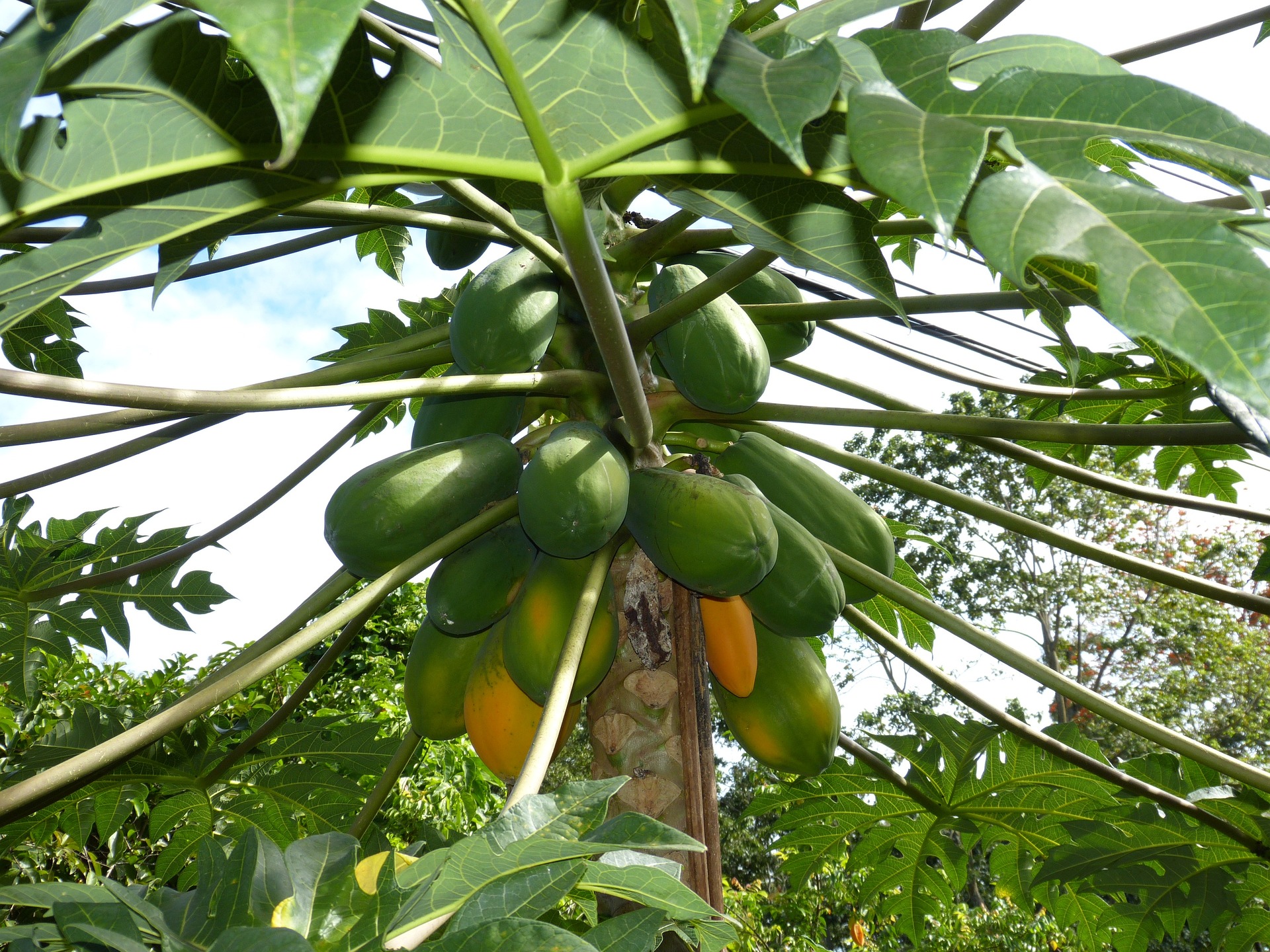An avocado tree is a sturdy evergreen tree, endowed with glossy dark green leaves and can be grown as a beautiful houseplant or a large ornamental tree outdoors that bears fruits.
When ripe, avocado fruits are soft with a creamy, buttery and subtly nutty flavor and are commonly used to make salads, desserts and many other dishes.
Description
The avocado tree is an evergreen tall or spreading tree native to the Americas, belonging to the Laurel family, Lauraceae. The tree is grown for its large oily fruits which are drupes that contain one seed. The seed is surrounded by yellowish or greenish flesh that has buttery consistency and nice flavor. The fruits are harvested when mature and ripen by becoming soft during storage. They are rich in vitamin A, riboflavin, thiamine and minerals.
Avocado trees are best grown in warm regions of the world where there is no frost, as severe frost will kill avocado trees.
Botanical name: Persea americana
Common name: Avocado
Mature plant size: Up to 20m tall
Sun requirements: Full sun
Hardiness zones: USDA zones 9-11
Fruit color: Green, dark purple
Native area: Americas
Some recommended Avocado varieties
Hass: Fruits develop dark purple color when ripe.
Simmonds: Trees produce oval to oblong shaped fruits with light-green skin color.
Mexicola grande: Trees produce pear shaped fruits with black skin.
Pollock: Trees produce oblong to pear-shaped fruits with glossy green skin color.
Joey: Trees produce medium sized oval shaped fruits with black skin.
Lula: Trees produce pear shaped fruits with green skin.
Pinkerton: Trees produce long pear-shaped fruits with dark-green skin color.
Site selection
For optimum growth and productivity, plant avocado trees in an area that receives full sun. The site for growing avocado should be well-drained with sandy loam soil. Plant avocado trees at least 5-7 meters away from structures like buildings, fences, powerlines, septic tanks, underground pipes and other trees. The area should also be frost free and protected from strong winds.
Selection of planting material
The best planting material for avocado trees is grafted plants. This is because they produce the expected plant characteristics of their mother plant and will take a shorter time to start producing fruit (around 3 years) compared to trees planted from seeds (8-12 years). Apart from taking long to fruit, trees planted from seeds also bear fruit that is of different taste from that of the mother plant.
Seedlings are not recommended for planting.
Purchase grafted plants from a certified nursery that are 6 to 9 months old and in good condition, without any symptoms of disease.
Ensure that the plants have no protruding overgrown roots as they may affect root development of the main plant.
When to plant avocado trees
Avocado trees can be planted at any time of the year as long as there is no frost. However, it is best to plant at the beginning of the rainy season so that young plants do not suffer from heat and water stress.
Planting
Dig holes that are about 1.5 times the depth and the diameter of the root ball of the plants.
Remove the potting bag from the plants, backfill the hole with a little soil mixed with some organic manure, then put in the plant in the hole.
Backfill the remaining space with soil and water immediately.
Mulch the area around the plant with bark or wood chippings to retain moisture in the soil.
Care for the growing tree
Weeding
Weeds compete with the avocado tree plant for sunlight, water and nutrients. Control weeds by digging them out carefully or uprooting them. However, a layer of mulch will go a long way in controlling weed growth.
Watering
Water the plant during dry seasons especially when it is still young so that it does not become water stressed.
Mulching
Apply a layer of mulch around the plant in form of wood chippings to control weeds and retain moisture in the soil.
Fertilizing
Most nutrients are usually provided to the plant by the growing medium, though often times, nitrogen is usually lacking in the soil. Most used fertilizers include ammonium nitrate, urea, calcium ammonium nitrate or calcium nitrate.
Fertilize the plant on a yearly basis.
Removal of suckers
Remove young shoots that start to grow near your plant because they will grow aggressively but not produce the fruits you want in your tree.
Thinning
This is the removal of some young, formed fruits from the tree so that fewer fruits grow into big high-quality fruits. Many fruits will compete for nutrients resulting into small size fruits.
Pruning
Upon completion of harvest, prune the tree before flowering time to encourage lateral growth. Ensure that the height of the tree is 70% its width to allow light penetration, increase yield and bring out a superior looking tree.
Pest and disease management
Many pests can be found on an avocado tree but rarely cause noticeable damage or affect fruit yield, However, when large pest populations are present, there will be need to apply control measures.
Pests include beetles, avocado lace bugs, thrips, avocado loopers, pyriform scale and others. Eliminate these by using appropriate pesticides.
Diseases that attack avocado trees are usually as a result of water logging. They include Laurel wilt, Root rot disease and others. Avoid planting avocado trees in waterlogged sites and drench soil with appropriate fungicides to control these diseases.
Harvesting Avocado fruits
Avocado fruits rarely ripen on the tree. Remove mature fruits from the tree while ensuring not to bruise them and place them in a cool dry place to ripen. They will ripen in 3 to 8 days.






